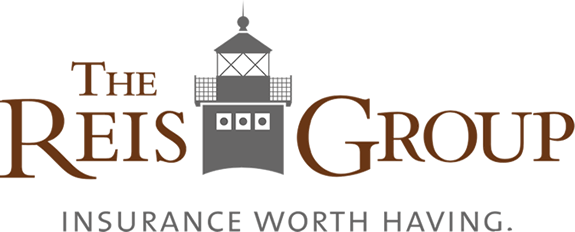As a business owner, it is important to understand how your responsibility for products and services is defined by law. While specific laws may vary from state to state, product liability typically falls under two categories: negligence and strict liability of defective products. Do you know what to expect in product liability claims? Here’s a brief overview to help familiarize you with the concepts you may encounter:
Negligence
In the context of product liability, negligence refers to the practices of the manufacturer or product seller—specifically the inspection or quality control process. For example, a consumer may allege that a product was not properly inspected, resulting in defect and/or injury. Conversely, the product manufacturer may argue that the consumer failed to read and follow clear instructions. Typically, the conduct of all involved parties is considered in a negligence claim.
Strict Liability
Strict liability shifts the focus from the product manufacturer or seller to the product itself. What constitutes a “defective” product under strict liability may vary from state to state, but it typically requires a showing that the product presents a substantial likelihood of harm to consumers due to one or more of the following:
- Design defect – a product is defective due to the absence of a necessary and feasible safety feature
- Manufacturing defect – a product is defective when it is not manufactured in compliance with the design
- Warnings and instructions defect – a product is defective when its communictions materials (instruction manuals, warning labels, etc.) are found to be inadequate, inappropriate, misleading or confusing.
To learn more about product liability and how you can protect your business, contact The Reis Group.





